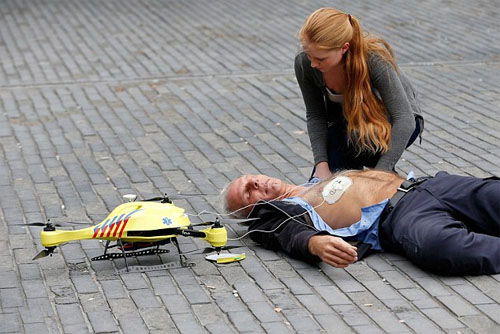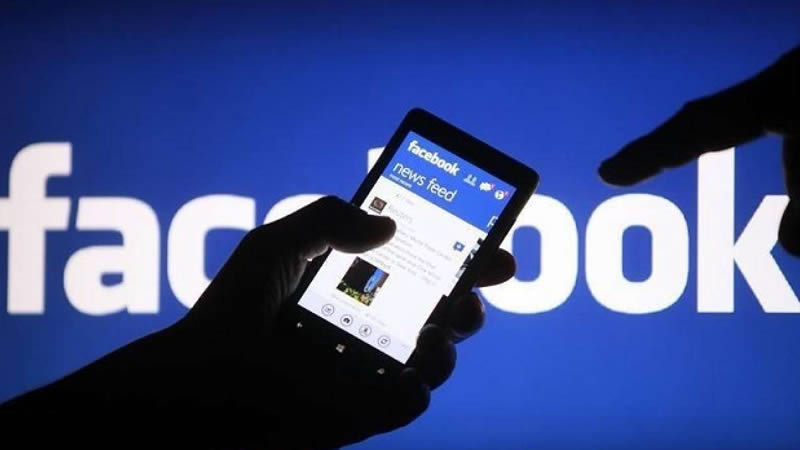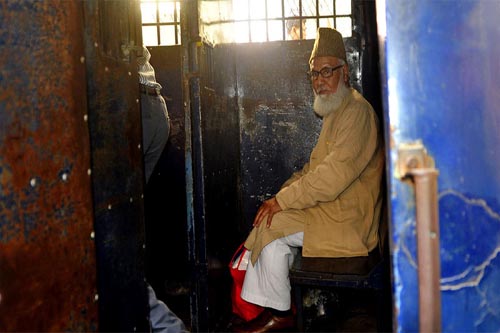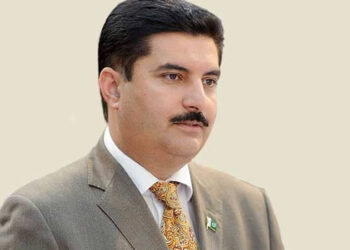- $19,000 drone tracks emergency mobile calls and uses the GPS to navigate
- Operators can watch, talk and instruct those helping the victim by using an on-board camera
[contentblock id=1 img=adsense.png]

A Dutch student has revealed a prototype ‘ambulance drone’, a flying defibrillator able to reach heart attack victims within precious life-saving minutes. Developed by engineering graduate Alec Momont, it can fly at speeds of up to 100 kilometres per hour (60 miles per hour). Painted in emergency services yellow and driven by six propellers, the drone can carry a four kilogramme load – in this case a defibrillator. ‘Around 800,000 people suffer a cardiac arrest in the European Union every year and only 8.0 percent survive,’
[contentblock id=2 img=adsense.png]
Momont, 23, said at the TU Delft University. The main reason for this is the relatively long response time of emergency services of around 10 minutes, while brain death and fatalities occur with four to six minutes,’ he said.

‘The ambulance drone can get a defibrillator to a patient within a 12 square kilometre (4.6 square miles) zone within a minute, reducing the chance of survival from 8 percent to 80 percent.’ The drone tracks emergency mobile calls and uses the GPS to navigate. Once at the scene, an operator, like a paramedic, can watch, talk and instruct those helping the victim by using an on-board camera connected to a control room via a livestream webcam.
The prototype has already attracted the interest of emergency services including that of Amsterdam, the Dutch daily Algemeen Dagblad said. TU Delft student Alec Momont shows his design of an ambulance drone with a built in defibrillator in Delft, The Netherlands. The Dutch Heart Foundation also applauded the idea, the newspaper added. Momont however wants his drone to become a ‘flying medical toolbox’ able to carry an oxygen mask to a person trapped in a fire or an insulin injection to a diabetes sufferer.

However, the drone is still in its infancy as far as developing its steering mechanism and legal issues regarding its use are concerned, Momont said. He said he hopes to have an operational emergency drone network across the Netherlands in five years.
[contentblock id=3 img=adsense.png]
The drone is expected to cost around 15,000 euros ($19,000) each. ‘I hope it will save hundreds of lives in the next five years,’ Momont said. It is essential that the right medical care is provided within the first few minutes of a cardiac arrest,’ says. ‘If we can get to an emergency scene faster we can save many lives and facilitate the recovery of many patients. ‘This especially applies to emergencies such as heart failure, drownings, traumas and respiratory problems, and it has become possible because life-saving technologies, such as a defibrillator, can now be designed small enough to be transported by a drone.’ -dailymail












